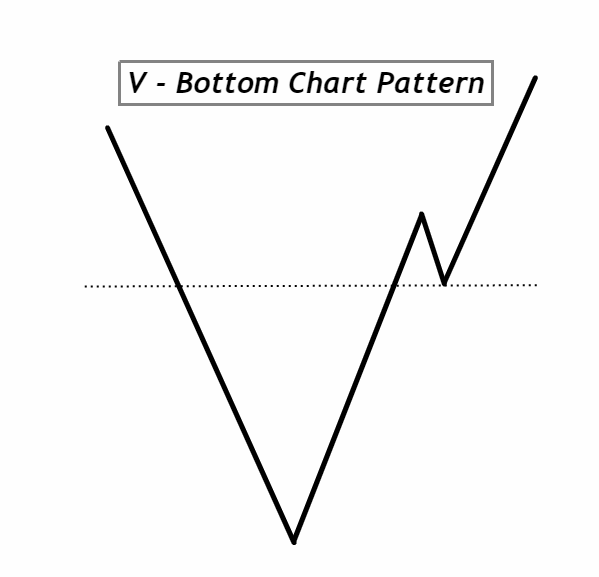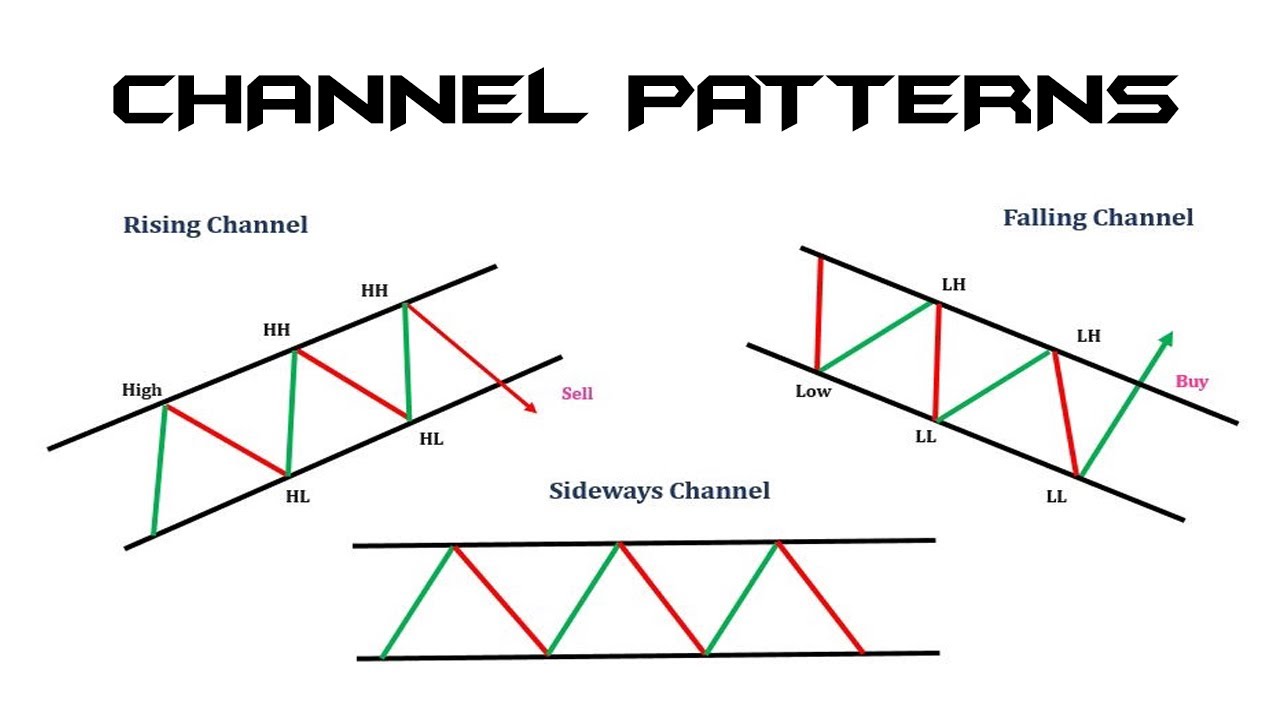
By ATGL
Updated November 29, 2024
As an investor or trader, having a toolkit of technical indicators can significantly improve your market analysis and decision-making process. This comprehensive guide will explore a list of technical indicators that can help you navigate trading with greater confidence and precision.
1. Stochastic Oscillator
The Stochastic Oscillator is a momentum indicator that compares a security’s closing price to its price range over a specific period. This tool helps you identify potential overbought or oversold conditions, making it particularly useful for timing entry and exit points in range-bound markets.
To use the Stochastic Oscillator effectively, look for crossovers between the %K and %D lines, as well as divergences between the indicator and price action. %K is the raw stochastic value, while %D is its moving average. Remember that overbought or oversold readings don’t necessarily signal immediate reversals but rather potential areas of interest for further analysis.
2. Relative Strength Index
The Relative Strength Index (RSI) measures the speed and change of price movements. Ranging from 0 to 100, the RSI helps you identify potential trend reversals, overbought or oversold conditions, and hidden divergences. You typically calculate it using a 14-day period.
While traditional interpretations suggest that RSI readings above 70 indicate overbought conditions and below 30 indicate oversold conditions, consider the overall market context. In strong trends, these levels may need to be adjusted to avoid premature signals. For example, traders might use levels like 80/20 instead of 70/30 in strong trending markets.
3. Exponential Moving Average Indicator
The Exponential Moving Average (EMA) gives more weight to recent price data, making it more responsive to new information than a simple moving average. Traders often use EMAs to identify trend direction, support and resistance levels, and potential entry or exit points.
Consider using multiple EMAs with different periods to create a dynamic picture of market trends. For example, a combination of 9-, 21-, and 50-period EMAs can provide insights into short-, medium-, and long-term trends.
4. Moving Average Convergence Divergence
The Moving Average Convergence Divergence (MACD) shows the relationship between two moving averages of a security’s price. By subtracting the 26-period EMA from the 12-period EMA, the MACD line is created, along with a 9-period EMA of the MACD itself, known as the signal line.
Traders often look for crossovers between the MACD line and the signal line, as well as divergences between the MACD and price action. The histogram, which represents the difference between the MACD and signal lines, also provides insights into momentum shifts. A rising histogram indicates increasing bullish momentum, and a falling histogram indicates increasing bearish momentum. The MACD is most effective in trending markets and might give false signals in range-bound markets.
5. Fibonacci Retracement Indicators
Fibonacci retracement levels are based on the mathematical sequence discovered by Leonardo Fibonacci. You use these levels (23.6%, 38.2%, 50%, 61.8%, and 78.6%) to identify potential support and resistance areas during price retracements.
To apply Fibonacci retracements, identify significant price swings and draw the levels from the swing low to the swing high (or vice versa). These levels can be powerful, but you should use them with other technical indicators and price action analysis for confirmation.
6. Parabolic SAR
The Parabolic Stop and Reverse (SAR) indicator identifies potential reversals in price trends. It appears as a series of dots above or below the price, with its position relative to the price indicating the current trend direction.
Traders often use the Parabolic SAR to set trailing stop-loss orders or to identify potential entry and exit points. However, be cautious with this indicator in choppy or range-bound markets, as it may generate frequent false signals.
7. Aroon Oscillator
The Aroon Oscillator measures the strength of a trend and the likelihood that it will continue. It consists of two lines: the Aroon Up and Aroon Down. The oscillator itself is calculated by subtracting the Aroon Down from the Aroon Up.
Look for crossovers between the Aroon Up and Down lines and extreme readings in the oscillator to identify potential trend changes or continuations. The Aroon Oscillator is useful in identifying consolidation periods and breakouts. Readings above 50 indicate a strong uptrend, while readings below -50 indicate a strong downtrend.
8. Average Directional Index
The Average Directional Index (ADX) helps you determine whether a market is trending or range bound. It ranges from 0 to 100, with higher readings indicating stronger trends.
While the ADX doesn’t provide directional information on its own, traders often use it with the Directional Movement Index to identify both trend strength and direction. Readings above 25 typically suggest a strong trend, while readings below 20 may indicate a weak or nonexistent trend.
9. Bollinger Bands
Bollinger Bands consist of a middle band (usually a 20-period simple moving average) and two outer bands that are typically set two standard deviations above and below the middle band. These bands expand and contract based on market volatility, providing information about potential overbought or oversold conditions.
Traders often look for price touches or breaks of the outer bands, as well as contractions and expansions of the bands themselves, to identify potential trading opportunities. Remember that Bollinger Bands are most effective when used with other indicators and price action analysis.
10. Percentage Price Oscillator
The Percentage Price Oscillator (PPO) is similar to the MACD but expressed as a percentage. This makes it easier to compare securities with different price levels. The PPO measures the difference between two moving averages as a percentage of the longer-term moving average.
Use the PPO to identify potential trend changes, overbought or oversold conditions, and momentum shifts. The indicator’s percentage format is useful when comparing multiple securities or markets simultaneously.
11. On-Balance Volume Indicator
The On-Balance Volume (OBV) indicator is a cumulative measure of buying and selling pressure. It adds volume on up days and subtracts volume on down days, creating a running total that can help traders identify potential trend confirmations or divergences.
Look for OBV trends that align with price trends for confirmation or divergences between OBV and price for potential reversal signals. OBV is most effective in trending markets and may be less reliable in choppy or range-bound conditions. For a more sophisticated volume-based momentum indicator, traders might also consider the Money Flow Index (MFI), which combines price and volume data to identify overbought or oversold conditions.
12. Standard Deviation
Standard Deviation can help traders gauge market conditions and potential price movements. Higher standard deviation values indicate increased volatility, while lower values suggest more stable price action.
Use Standard Deviation to adjust your trading strategies based on current market conditions. For example, you might widen your stop-loss orders or profit targets during periods of high volatility or look for breakout opportunities when volatility is low and expected to increase.
Discover a Trading Platform With Top Technical Charts
To maximize the effectiveness of these technical indicators, use a trading platform that offers robust charting capabilities and real-time data. Look for platforms that allow you to customize your charts, overlay multiple indicators, and provide seamless execution of trades based on your analysis.
Remember that while technical indicators can be powerful tools, you should avoid using them in isolation. Always consider the broader market context, fundamental factors, and risk tolerance when making trading decisions.
Don’t miss the opportunity to elevate your trading game in the financial markets. Join the Above the Green Line community and gain access to expert insights, advanced charting tools, and a supportive network of fellow traders. Our membership offers you the resources and guidance needed to master these technical indicators and develop winning strategies.






